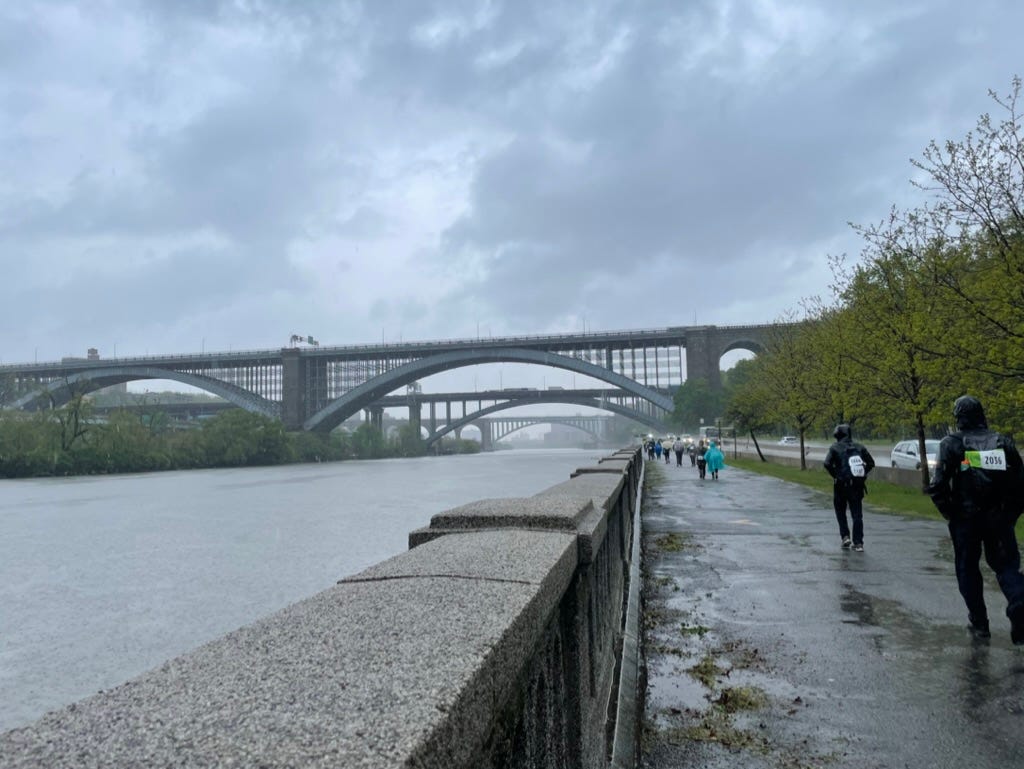The journey is the whole point, the only point
The mysterious 6th episode; Antarctic tourism; plant hardiness zones on the move; and more.
Public service announcement for my New York City readers: The Shorewalkers said earlier this week that tickets to register for The Great Saunter are almost sold out. You might just have time to sign up if you act fast. (Sending this out late at night just in case it’s too late tomorrow morning.)
As longtime readers kn…
Keep reading with a 7-day free trial
Subscribe to Pinch of Dirt to keep reading this post and get 7 days of free access to the full post archives.



